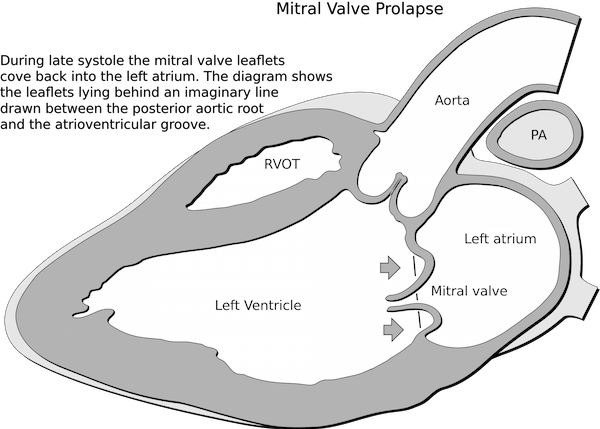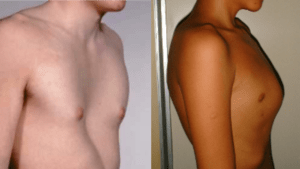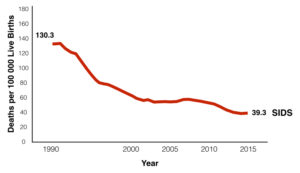Mitral valve prolapse is a common cardiac condition where the inlet valve to the left sided pumping chamber closes in a different way from normal. In this condition, the valve leaflets (the doors) do not stop tilting at the level of the valve hinges (the valve annulus) but they continue tilting into the left sided back chamber (the left atrium), a little bit like the doors in a far west saloon. In a minority of people this can lead to the development of a leakage (regurgitation) from the valve. In clinical practise many more people are seen having mitral valves which show some of the features of MVP without fitting all the diagnostic criteria (non -diagnostic MVP).
Even though it is known that some families may have multiple people affected by MVP, the true incidence of family clustering in the general population and in the community is not clear.
A recent study from north America looked at the incidence of mitral valve prolapse in adults who had one of the parents affected by either true MVP or by non-diagnostic MVP and compared that to the incidence of MVP in people who had no parents with either MVP or non-diagnostic MVP.
The study showed that people who have a parent with true MVP or non-diagnostic MVP had a much higher incidence of MVP themselves (5.4% of people) compared to those who had both parents with normal mitral valves (incidence of MVP of 1.1%).
The study shows 2 important findings: The first is that there is a clear genetic underlying basis to MVP and MVP like mitral valves. The second finding is that potentially both true MVP and the more common non-diagnostic MVP share an underlying common genetic substrate.





